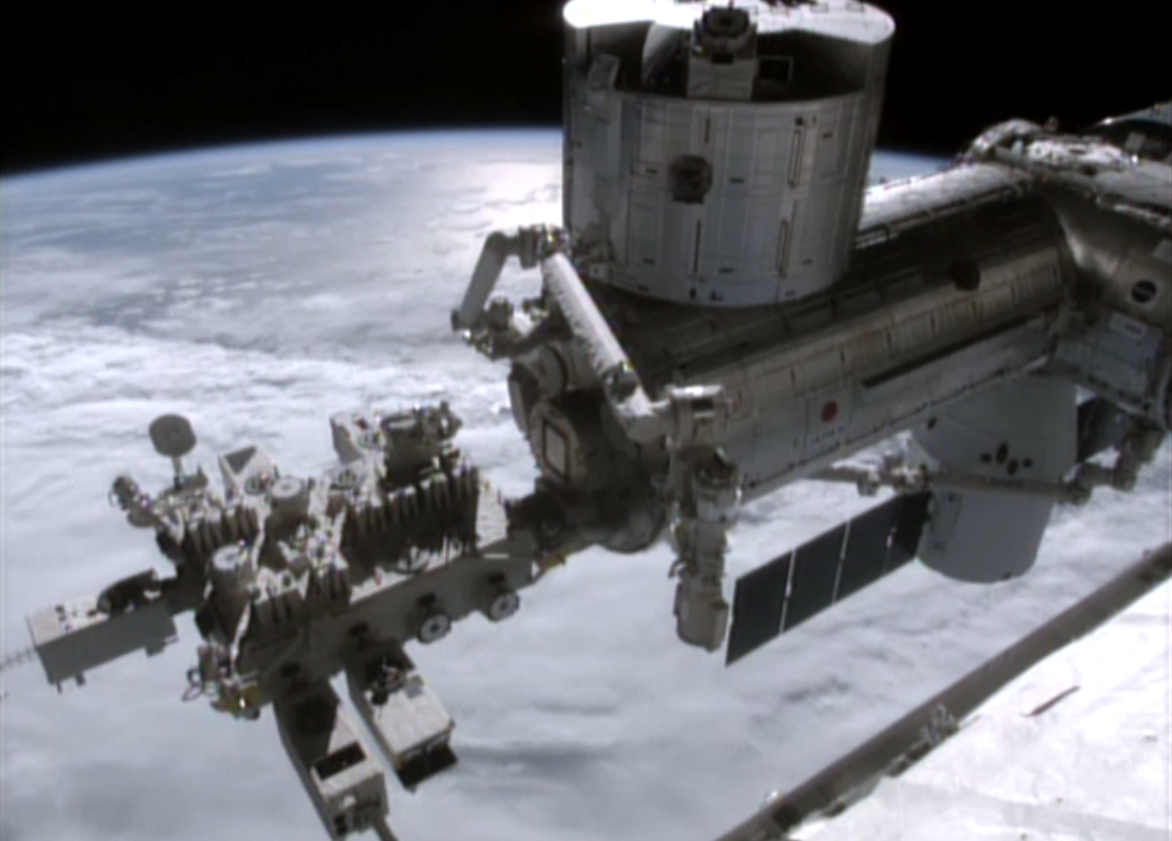Ammonia Leak Scare on Space Station Prompts Astronaut Evacuation from US Side

Editor's Note for 5:53 p.m. EST: The ammonia alarm situation on the space station has been resolved. NASA officials found that it was a false alarm, and no ammonia leaked into the station's atmosphere. The astronauts are free to roam the outpost. Read the full story - Space Station Astronauts Return to US Side After Leak False Alarm
An alarm suggesting a potentially toxic ammonia leak on the International Space Station early Wednesday (Jan. 14) forced astronauts to evacuate the U.S. side of the orbiting lab, but NASA says there is no proof such a scary leak actually occurred. It might have beeen a false alarm.
The station's six-person crew, which includes two Americans, three Russians and an Italian astronaut, took refuge in the station's Russian-built segment, isolating themselves from modules built by NASA, Europe and Japan due to the leak alarm at 4 a.m. EST (0900 GMT). NASA astronauts Barry "Butch" Wilmore, Terry Virts and European Space Agency astronaut Samantha Cristoforetti are all "safe and in good shape" with their Russian crewmates, NASA spokesperson Rob Navias said during a NASA TV update today (Jan. 14).
Flight controllers for the International Space Station have not found any hard data showing proof of an ammonia leak. Isolating the crew in the Russian segment with cosmonauts Elena Serova, Alexander Samokutyaev and Anton Shkaplerov is a precautionary measure, Navias stressed during the broadcast.
"The data that is being analyzed by flight controllers here in Houston at the moment is increasingly more indicative of a sensor issue or computer relay data issue of some sort, but not a leak itself," Navias said.
"Outstanding news," Wilmore said when astronaut James Kelly radioed the news from Mission Control in Houston. "Great work, and we'll be ready to do what you need us to do when the time comes."
The alarm was triggered by an increase in pressure in the water loop for one of two redundant space station cooling systems, Navias said. That pressure change could have been indicative of an ammonia leak.
Get the Space.com Newsletter
Breaking space news, the latest updates on rocket launches, skywatching events and more!
Mission Controllers are now working to make sure that the U.S. side of the station is safe before allowing crewmembers to roam through all modules of the International Space Station. Ammonia is a toxic substance that can cause major health problems if breathed in. The crew will probably remain in the Russian segment for at least the rest of their day, but they have more than enough food to provide for all six crewmembers, Navias said.
The space station has approximately the same living space as a five bedroom house and has been continuously occupied by rotating crews of astronauts and cosmonauts since 2000.
Follow Miriam Kramer @mirikramer. Follow us @Spacedotcom, Facebook and Google+. Original article on Space.com.
Join our Space Forums to keep talking space on the latest missions, night sky and more! And if you have a news tip, correction or comment, let us know at: community@space.com.

Miriam Kramer joined Space.com as a Staff Writer in December 2012. Since then, she has floated in weightlessness on a zero-gravity flight, felt the pull of 4-Gs in a trainer aircraft and watched rockets soar into space from Florida and Virginia. She also served as Space.com's lead space entertainment reporter, and enjoys all aspects of space news, astronomy and commercial spaceflight. Miriam has also presented space stories during live interviews with Fox News and other TV and radio outlets. She originally hails from Knoxville, Tennessee where she and her family would take trips to dark spots on the outskirts of town to watch meteor showers every year. She loves to travel and one day hopes to see the northern lights in person. Miriam is currently a space reporter with Axios, writing the Axios Space newsletter. You can follow Miriam on Twitter.